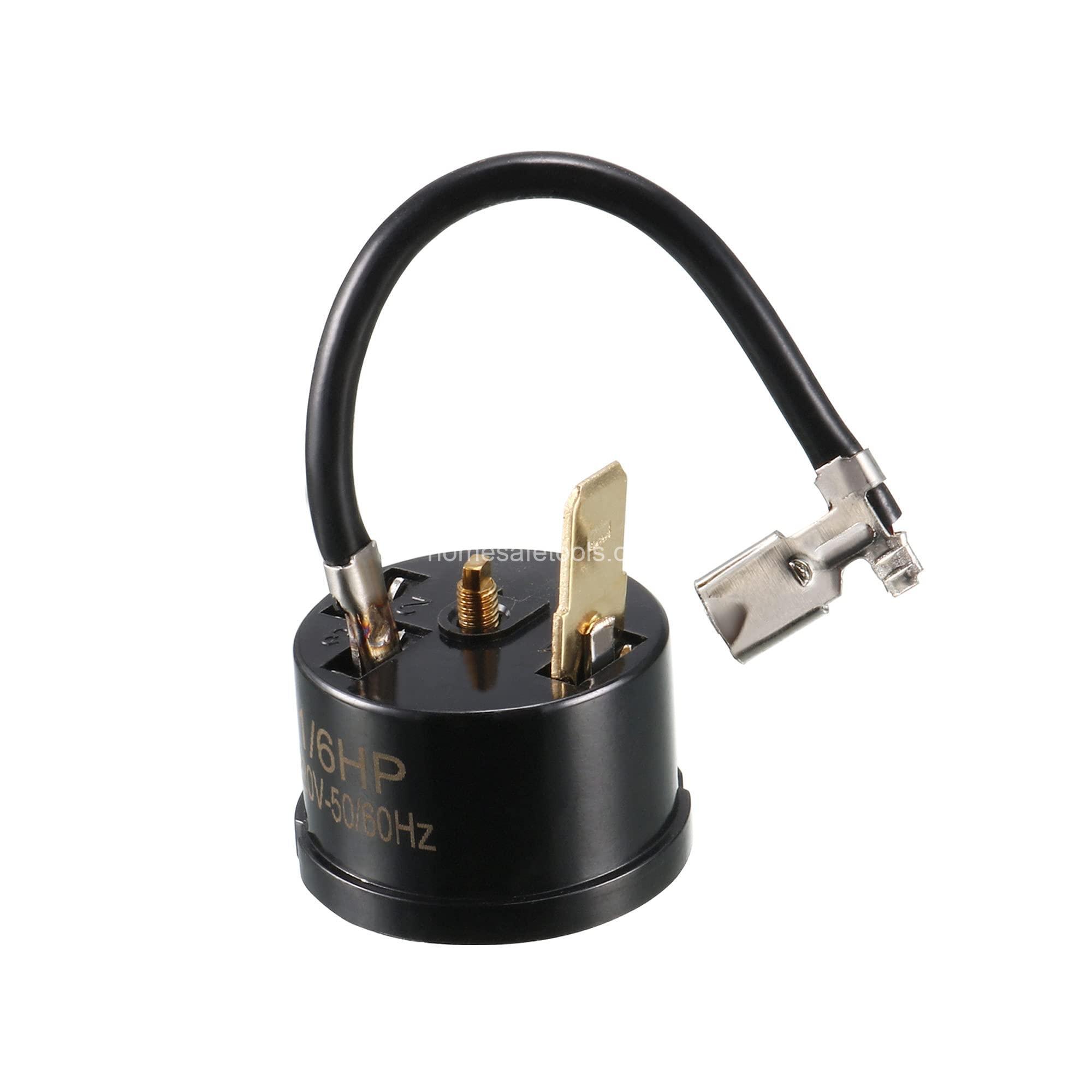Overload Protectors: Preventing Electrical Damage & Fires | Home Safety Guide. In today’s article, homesafetools.com will explore with you in the most detailed and complete way. See now!
ow Overload Protectors Prevent Electrical Damage and Fires
Electrical overloads happen when too much electricity flows through a circuit. This happens when you plug in too many appliances, have faulty wiring, or experience a short circuit. The result? Overheating, potential electrical fires, and damaged appliances. That’s where overload protectors step in. They’re your first line of defense against these dangers. Their primary function is to interrupt the excessive flow of electricity before it causes serious problems.
There are several types of overload protection. Circuit breakers are the most common, acting like safety switches that automatically trip when they sense excessive current. Think of them as the first responders in your electrical system. Fuses, on the other hand, are one-time use devices that melt and break the circuit when overloaded. While both achieve the same goal, they operate differently. Finally, it’s crucial to differentiate between overload protectors and surge protectors. While related, surge protectors are designed to handle sudden spikes in voltage, not sustained overcurrent, like what overload protectors manage. And GFCI outlets protect against ground faults leading to electric shocks, which is a different kind of safety feature.
Circuit Breaker – Type: Thermal-magnetic; Circuit Breaker – Mechanism: Thermal trip; Circuit Breaker, Protects, Appliances; Overload Protector, is a, safety device.
Fuse – Rating: 15A; Fuse, prevents, Overloads; Fuse – Material: Copper; Fuse, melts at, high current.
Surge Protector – Joules: 400J; Surge Protector, absorbs, Voltage Spikes; Surge Protector, protects against, voltage surges.
Let’s delve deeper into circuit breakers first. They are usually found in your electrical panel, the central hub of your home’s electrical system. They work by using either thermal or magnetic mechanisms, or a combination of both (thermal-magnetic). When the current exceeds a safe threshold, the breaker trips, cutting off the power to that specific circuit, preventing a potential fire. This is a far safer and more convenient alternative to the older technology of fuses, which require manual replacement after they blow. Modern thermal-magnetic circuit breakers are designed to protect against both sustained overloads and short circuits.
GFCI Outlet – Protection: Ground fault; GFCI Outlet, detects, Ground Faults; GFCI Outlet, shuts off, power in case of ground fault.
Electrical Panel – Capacity: 200A; Electrical Panel, houses, Circuit Breakers; Electrical Panel, is connected to, Main power supply.
Electrical Wiring – Gauge: 12 AWG; Electrical Wiring, connects, Appliances; Electrical Wiring – Insulation: PVC; Wiring, connects, electrical components.
Now, let’s talk about fuses. These are simpler devices, often found in older homes or specific appliances. Unlike circuit breakers, fuses are disposable. Inside, there’s a thin wire designed to melt and break the circuit when excessive current passes through. Fast-blow fuses react quickly to short circuits, while slow-blow fuses tolerate temporary overloads, making them suitable for appliances with high start-up currents (like motors). However, the convenience and resettability of circuit breakers have largely supplanted fuses in modern home wiring. Once a fuse blows, it needs to be replaced with a fuse of the same amperage rating, maintaining the designed safety level.
Power Strip – Outlets: 6; Power Strip, distributes, Power; Power Strip, Has, Multiple outlets.
Appliance – Wattage: 1500W; Appliance, consumes, Electricity; Appliance, draws, electric current; Appliance – Type: Refrigerator; Appliance, Has, Power cord.
Surge protectors, although not strictly overload protectors, are still vital for home safety. They are designed to protect your electronics from voltage surges—that sudden spike in power that can fry delicate equipment. They’re frequently incorporated into power strips or sold as individual units for whole-home protection. A critical distinction is that surge protectors divert excess voltage, which is a short, sharp current surge, unlike the sustained high current an overload protector handles.
Home – Wiring: Aluminum; Home, Contains, Electrical System; Home, requires, electrical protection; Home – Age: 20 years; Home, Has, Electrical system.
Electrical Fire – Cause: Overload; Electrical Fire, Caused by, Overload; Fire, can be caused by, electrical faults.
This is where the importance of professional installation comes in. A qualified electrician can assess your home’s electrical needs and ensure your system is properly protected and set up safely. Improper installation of any safety feature undermines the value of the device itself.
FAQs about Overload Protectors

What is the difference between a circuit breaker and a fuse?
Circuit breakers are reusable safety switches that automatically trip when overloaded, while fuses are one-time use devices that melt and break the circuit when overloaded. Circuit breakers offer convenience and resettability, while fuses are often simpler and cheaper.
How do I know if my circuit breaker is tripped?
A tripped circuit breaker will be in the “off” position. Simply switch it back to the “on” position. If it trips immediately, there’s a problem in the circuit that requires attention—possibly an overload.
What should I do if a fuse blows?
Replace the blown fuse with a fuse of the same amperage rating. If fuses keep blowing, it indicates an underlying problem in the circuit. Consult a qualified electrician to address the issue.
How often should I test my GFCI outlets?
It is recommended to test your GFCI outlets monthly. Most outlets have a built-in test button.
Can I use a surge protector as an overload protector?
No. A surge protector protects against voltage spikes, not sustained overloads. They perform different safety functions. You need both for comprehensive electrical safety.
Conclusion
Understanding and utilizing overload protectors is crucial for home safety. By understanding their function and ensuring proper installation and maintenance, you significantly reduce the risk of electrical damage and fires. For more tips and guides on home safety tools, visit homesafetools.com. Share your home safety tips in the comments below!
